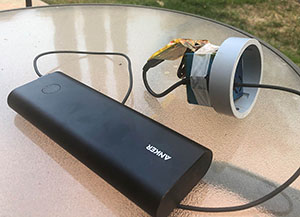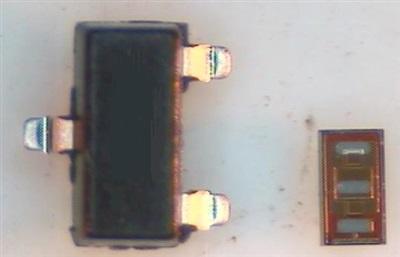September 18, 2020
Design Log: blueAcro Power Bar and Sensor Updates

Some updates for products over at blueacro.com - mirroed from Reef2Reef I have basic power boards already designed up, and a few sample cases in house. The form-factor is nice, though slightly tall compared to your average power strip. Probably not a major issue, as its a fair bit less wide. I’ll report back when I have some first samples assembled. The power board has a number of provisions, including protection for the relay contacts with inductive loads, without using a plain MOV or other circuit which leaks power. This adds a few dollars of cost per outlet, but ensures the relay will continue working for its entire rated life, no matter what is plugged in, and that the relay fully switches off with light loads. Read more

